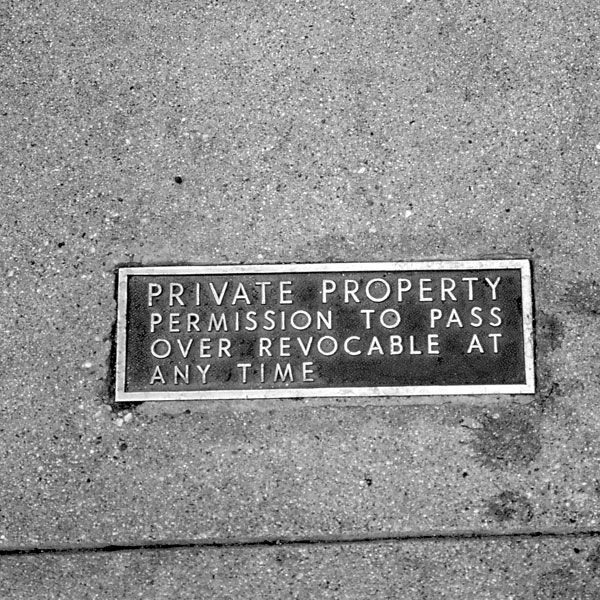
Fields, fences, and firebreaks were concrete embodiments of the environmental partitioning that made farming possible, but they also expressed the underlying property system that divided the land into ownership rights. Few other regions of the United States were better suited to the system which the government had used since 1785 for selling public lands, subdividing the nation into a vast grid of square-mile sections whose purpose was to turn land into real estate by the most economically expedient method. By imposing the same abstract and homogeneous grid pattern on all land, no matter how ecologically diverse, government surveyors made it marketable. As happened during Chicago's land craze of the 1830s, the grid turned the prairie into a commodity, and became the foundation for all subsequent land use. (101-102)
Nature's Metropolis (1991)
William Cronon